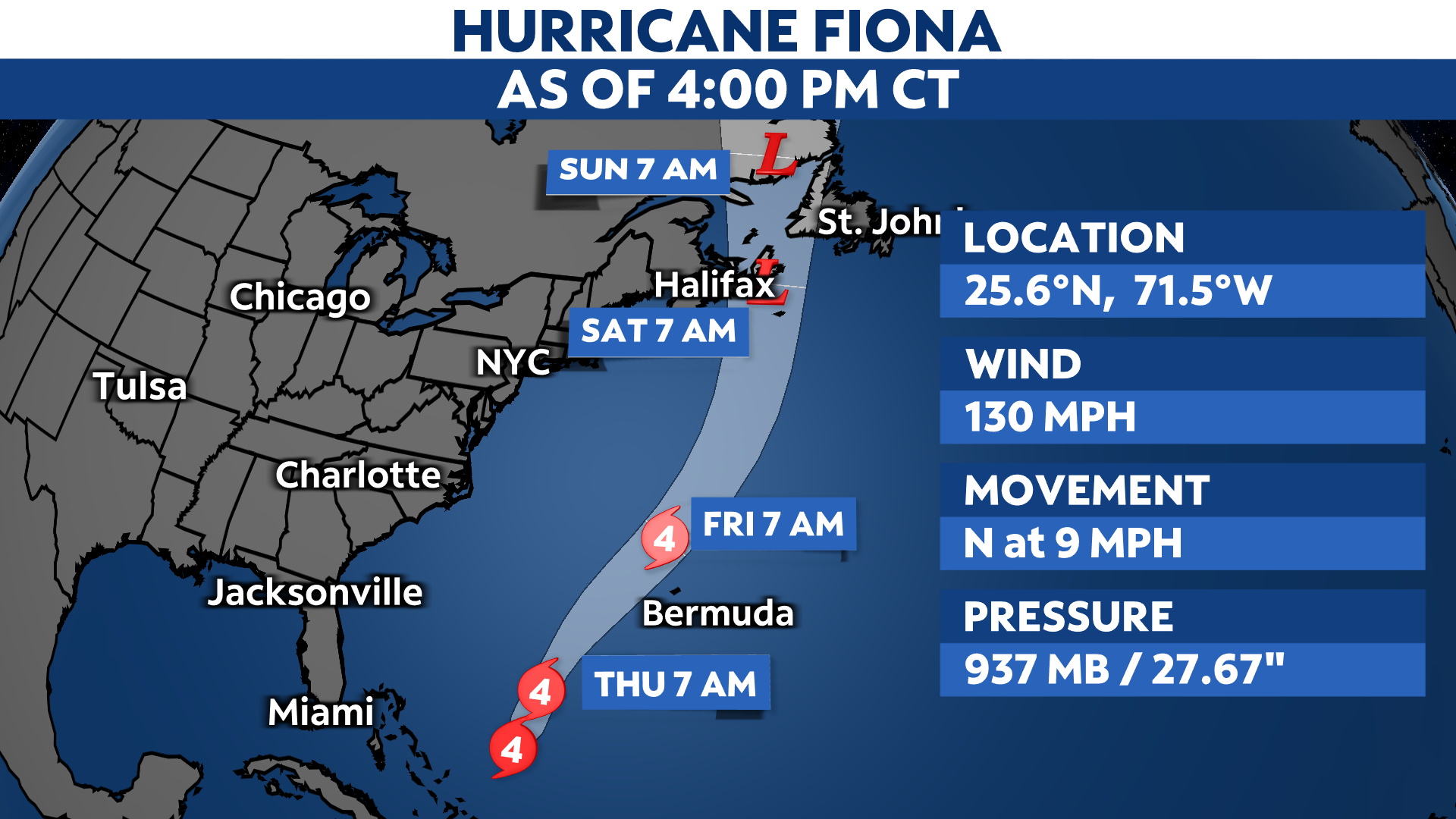Intensifying its fight against chronically high inflation, the Federal Reserve raised its key interest rate Wednesday by a substantial three-quarters of a point for a third straight time, an aggressive pace that is heightening the risk of an eventual recession.
At a press conference later Wednesday, Federal Reserve Chair Jerome Powell signaled that rates will continue to rise for now in order to stem inflation.
“We’ve just moved into the very lowest level of what might be restrictive,” he said.
“Recent indicators point to modest growth in spending and production,” the central bank wrote in a statement. “Job gains have been robust in recent months, and the unemployment rate has remained low. Inflation remains elevated, reflecting supply and demand imbalances related to the pandemic, higher food and energy prices, and broader price pressures.”
“Russia’s war against Ukraine is causing tremendous human and economic hardship,” the Fed’s statement continues. “The war and related events are creating additional upward pressure on inflation and are weighing on global economic activity.”
The Fed’s move boosted its benchmark short-term rate, which affects many consumer and business loans, to a range of 3% to 3.25%, the highest level since early 2008. The policymakers also signaled that by early 2023, they expect to have further raised rates much higher than they had projected in June.
“The Committee seeks to achieve maximum employment and inflation at the rate of 2 percent over the longer run,” the Fed wrote in a statement. “In support of these goals, the Committee decided to raise the target range for the federal funds rate to 3 to 3-1/4 percent and anticipates that ongoing increases in the target range will be appropriate. In addition, the Committee will continue reducing its holdings of Treasury securities and agency debt and agency mortgage-backed securities.”
The central bank’s action followed a government report last week that showed high costs spreading more broadly through the economy, with price spikes for rents and other services worsening even though some previous drivers of inflation, such as gas prices, have eased. By raising borrowing rates, the Fed makes it costlier to take out a mortgage or an auto or business loan. Consumers and businesses then presumably borrow and spend less, cooling the economy and slowing inflation.
Fed officials have said they’re seeking a “soft landing,” by which they would manage to slow growth enough to tame inflation but not so much as to trigger a recession. Yet economists increasingly say they think the Fed’s steep rate hikes will lead, over time, to job cuts, rising unemployment and a full-blown recession late this year or early next year.
Chair Powell acknowledged in a speech last month that the Fed’s moves will “bring some pain” to households and businesses. And he added that the central bank’s commitment to bringing inflation back down to its 2% target was “unconditional.”
Falling gas prices have slightly lowered headline inflation, which was a still-painful 8.3% in August compared with a year earlier. Declining gas prices might have contributed to a recent rise in President Joe Biden’s public approval ratings, which Democrats hope will boost their prospects in the November midterm elections.
Short-term rates at a level the Fed is now envisioning would make a recession likelier next year by sharply raising the costs of mortgages, car loans and business loans. The economy hasn’t seen rates as high as the Fed is projecting since before the 2008 financial crisis. Last week, the average fixed mortgage rate topped 6%, its highest point in 14 years. Credit card borrowing costs have reached their highest level since 1996, according to Bankrate.com.
The Fed’s rapid rate hikes mirror steps that other major central banks are taking, contributing to concerns about a potential global recession. The European Central Bank last week raised its benchmark rate by three-quarters of a percentage point. The Bank of England, the Reserve Bank of Australia and the Bank of Canada have all carried out hefty rate increases in recent weeks.
And in China, the world’s second-largest economy, growth is already suffering from the government’s repeated COVID lockdowns. If recession sweeps through most large economies, that could derail the U.S. economy, too.
Even at the Fed’s accelerated pace of rate hikes, some economists — and some Fed officials — argue that they have yet to raise rates to a level that would actually restrict borrowing and spending and slow growth.
Many economists sound convinced that widespread layoffs will be necessary to slow rising prices. Research published earlier this month under the auspices of the Brookings Institution concluded that unemployment might have to go as high as 7.5% to get inflation back to the Fed’s 2% target.
Only a downturn that harsh would reduce wage growth and consumer spending enough to cool inflation, according to the research, by Johns Hopkins University economist Laurence Ball and two economists at the International Monetary Fund.




